
Why Am I Gaining Weight on an 'Eat Clean' Diet?
Why Am I Gaining Weight on an 'Eat Clean' Diet?
Some people follow an "eat clean" diet but still consume more calories than they burn, lack nutritional balance, drink too little water, and end up gaining weight instead of losing it.

What Is "Eat Clean"?
"Eat clean" is a dietary approach that focuses on consuming natural, minimally processed foods to promote overall health. It is also widely adopted for weight loss and maintaining a healthy physique.
However, Dr. Hà Thị Ngọc Bích, a specialist at the Weight Control & Obesity Treatment Center of Tâm Anh General Hospital, explains that many people fail to lose weight—or even gain weight—while following an "eat clean" diet due to the following reasons:
1. Consuming More Than Necessary
The fundamental rule of weight loss is caloric deficit—burning more calories than you consume. If your calorie intake is still higher than your expenditure, fat loss won’t happen, and you may even gain weight.
Many people opt for pre-prepared "eat clean" meal plans for convenience. However, Dr. Bích warns that relying on these pre-packaged meals may lead to excess calorie consumption and loss of control over nutritional balance and food safety.
"Eat clean" meals are typically cooked using simple methods such as steaming, pan-searing, or boiling. Cooking techniques like deep-frying, excessive seasoning, and heavy marinades are discouraged as they increase calorie intake and may strip the food of essential nutrients.
2. Lack of Nutritional Balance
Many people fail to include enough protein in their meals, which is essential for maintaining and building muscle, supporting metabolism, and burning calories.
Besides protein, a well-balanced meal should also contain healthy fats, vitamins, and minerals. A common misconception about "eat clean" is that it consists only of vegetables and fruits. This can lead to nutrient deficiencies, fatigue, digestive issues, and increased cravings, making weight loss more challenging.
3. Not Drinking Enough Water
Insufficient water intake slows down digestion and hampers nutrient absorption and metabolism. This can negatively impact the effectiveness of a weight-loss-focused "eat clean" diet.
Avoid bottled juices as they often contain added sugars and artificial sweeteners, which are not beneficial for health.
4. Relying Solely on Diet Without Exercising
Exercise is essential for burning excess fat. Relying only on diet changes without incorporating physical activity can limit weight loss results.
For optimal success, combine an 'eat clean' diet with regular exercise to achieve better and faster weight loss outcomes.
News in the same category


Scientists May Have Actually Found One Of The Causes Of Autism

24-Year-Old Woman Suffers Stomach Perforation Due to One Common Morning Coffee Mistake
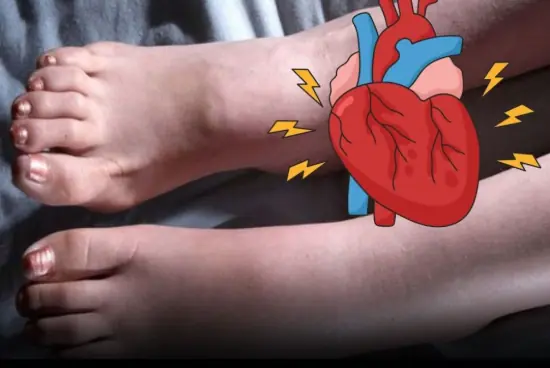
One Month Before A Heart Attack, Your Body Will Warn You Of These 7 Signs

This One Superfood Could Tackle Major Health Issues—Here’s What You Need To Know

Anyone with high blo.od fat should use this seed: just about $0.20 per handful, and every part—from leaves to roots—is medicinal

Why Your Hard-Boiled Eggs Have That Weird Green Ring
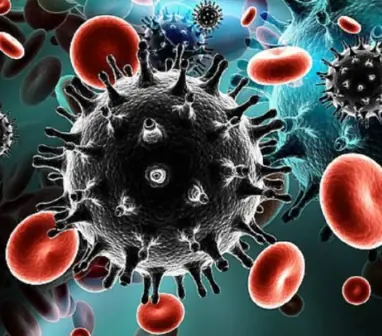
Itching in 9 Areas: A Warning Sign of Malignant Tumors, Number 7 Is the Most Common
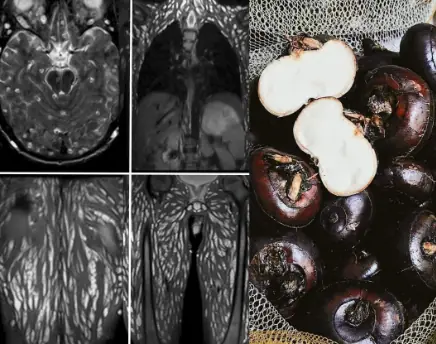
Eating Just One Bite is Already Harmful, But Many Still Eat It Without Worry

A 4-Year-Old Girl Nearly Lost Her Life to Diabetes — Parents in Tears: “I Spoiled Her Too Much!”

3 Signs Your Parent May Be Nearing the End of Life — How to Prepare for What’s Ahead

With just one tablespoon of olive oil a day, the body can gain multiple benefits for the heart, digestion, and skin—if used correctly.

A month before a stroke, your body warns you: 10 signs not to ignore

Early Signs of Kidney Disease & How to Protect Your Kidneys (Evidence Based)

What Does It Mean When You Dream About Someone Close Who’s Died?

Is Falling Asleep the Moment You Lie Down a Good Thing? Many People Have Been Misunderstanding This

Never Pair Eggs With These 3 Foods: Your Health May Suffer
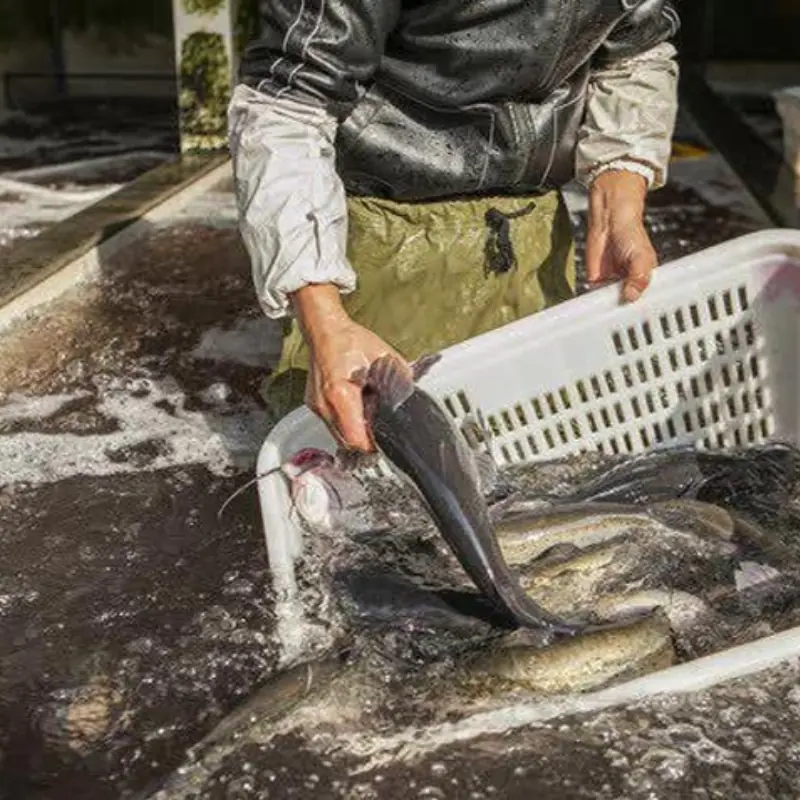
WHO warns: Stop immediately if you are eating too much of these four types of fish
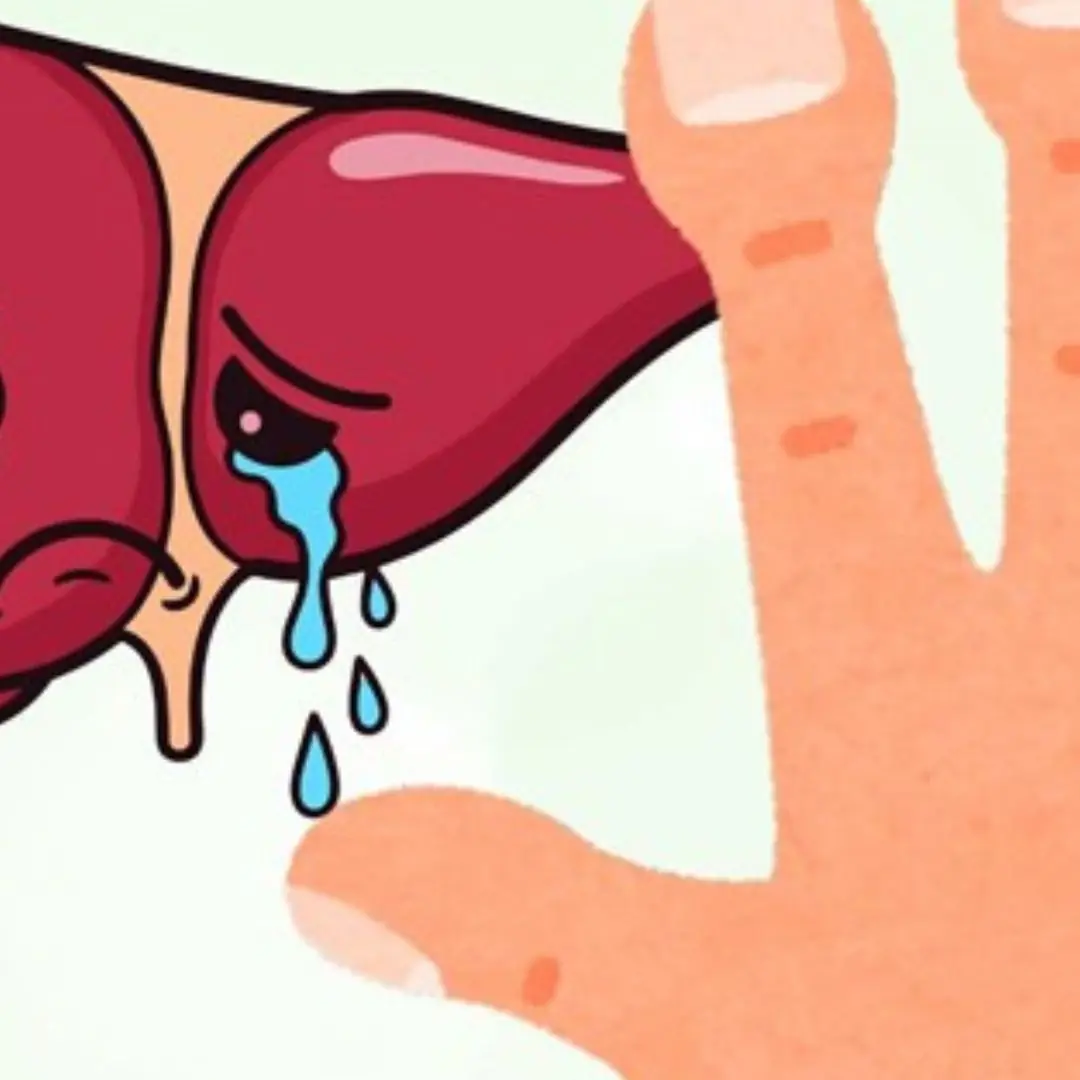
People with liver failure often have 3 characteristics on their hands, if you have 1 you should see a doctor soon

3 vegetables that can.cer cells ‘can’t stand’: Easy to find at any marketcombining them may double the benefits
News Post

Office Worker’s Buttock and Back Pain Turns Out to Be a Serious Disease

Here's how to choose delicious, sweet mangosteens – all 10 of them are perfect

Scientists May Have Actually Found One Of The Causes Of Autism

24-Year-Old Woman Suffers Stomach Perforation Due to One Common Morning Coffee Mistake

One Month Before A Heart Attack, Your Body Will Warn You Of These 7 Signs

This One Superfood Could Tackle Major Health Issues—Here’s What You Need To Know

Anyone with high blo.od fat should use this seed: just about $0.20 per handful, and every part—from leaves to roots—is medicinal

Why Your Hard-Boiled Eggs Have That Weird Green Ring

Itching in 9 Areas: A Warning Sign of Malignant Tumors, Number 7 Is the Most Common

A 111-year-old man eats these two foods every day—and they’re incredibly cheap at local markets

Eating Just One Bite is Already Harmful, But Many Still Eat It Without Worry

A 4-Year-Old Girl Nearly Lost Her Life to Diabetes — Parents in Tears: “I Spoiled Her Too Much!”

3 Signs Your Parent May Be Nearing the End of Life — How to Prepare for What’s Ahead

With just one tablespoon of olive oil a day, the body can gain multiple benefits for the heart, digestion, and skin—if used correctly.

A month before a stroke, your body warns you: 10 signs not to ignore

Early Signs of Kidney Disease & How to Protect Your Kidneys (Evidence Based)

What Does It Mean When You Dream About Someone Close Who’s Died?

8 Foods You Should Not Combine With Chicken Meat — Everyone Should Know to Avoid Health Risks

Is Falling Asleep the Moment You Lie Down a Good Thing? Many People Have Been Misunderstanding This
